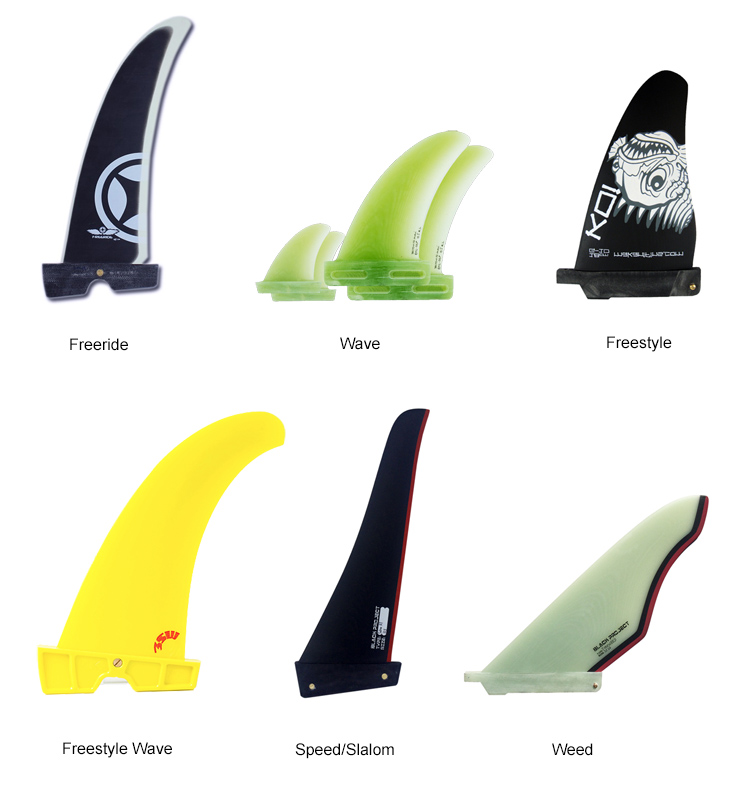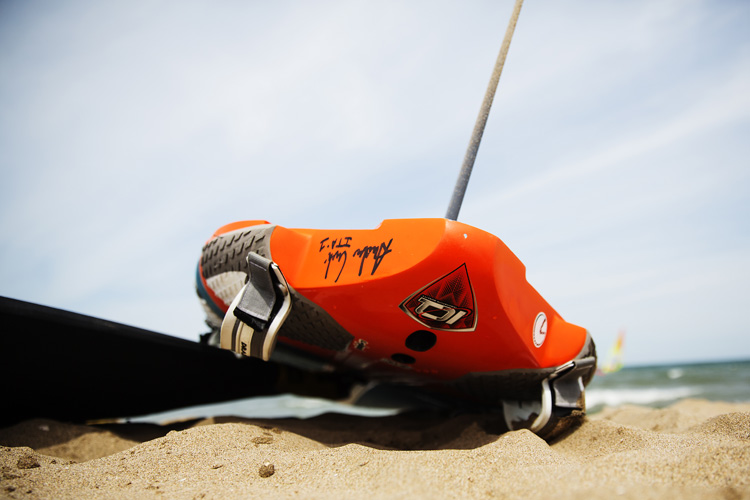Do you know how to choose the right fin for your windsurfing board? Discover the main types of fins and the most popular fin boxes.
Windsurfing fins have several characteristics, and it's easy to get confused.
They feature multiple lengths, shapes, and thickness levels because they were designed for multiple purposes.
Fins convert wind force into forward motion and help keep the board on track, providing stability, lift, and drag when necessary.
Sailing without fins can be incredibly challenging, if not impossible.
Types of Windsurfing Fin Boxes
There are several types of fin boxes:
- US Box: An adjustable and light model;
- Slot Box: An ultra-light model used in multi-fin wave boards;
- Power Box: A standard in free ride boards;
- Mini Tuttle Box: A robust model that has been replaced by the slot box;
- Tuttle Box: A very strong model used in slalom windsurfing;
- Deep Tuttle Box: The most common type used in Formula windsurfing;

Types of Windsurfing Fins
More than 95 percent of windsurfers use the following fin types:
- Freeride Fin: A fin with a lot of area, slightly bent towards the back for better maneuverability;
- Wave Fin: A short, bent, and highly maneuverable fin used in US boxes and slot boxes;
- Freestyle Fin: A short and narrow fin that allows fast spins and slides;
- Freestyle Wave/Freewave Fin: A big and highly bent fin;
- Speed/Slalom/Race Fin: A long and straight fin for building speed;
- Weed: An extremely angled fin that won't get stuck in the floating seaweed;
Learn how to choose a windsurfing fin setup.
Do you want to know more about windsurfing gear? Get the "Tricktionary 3: Windsurfing Bible."
